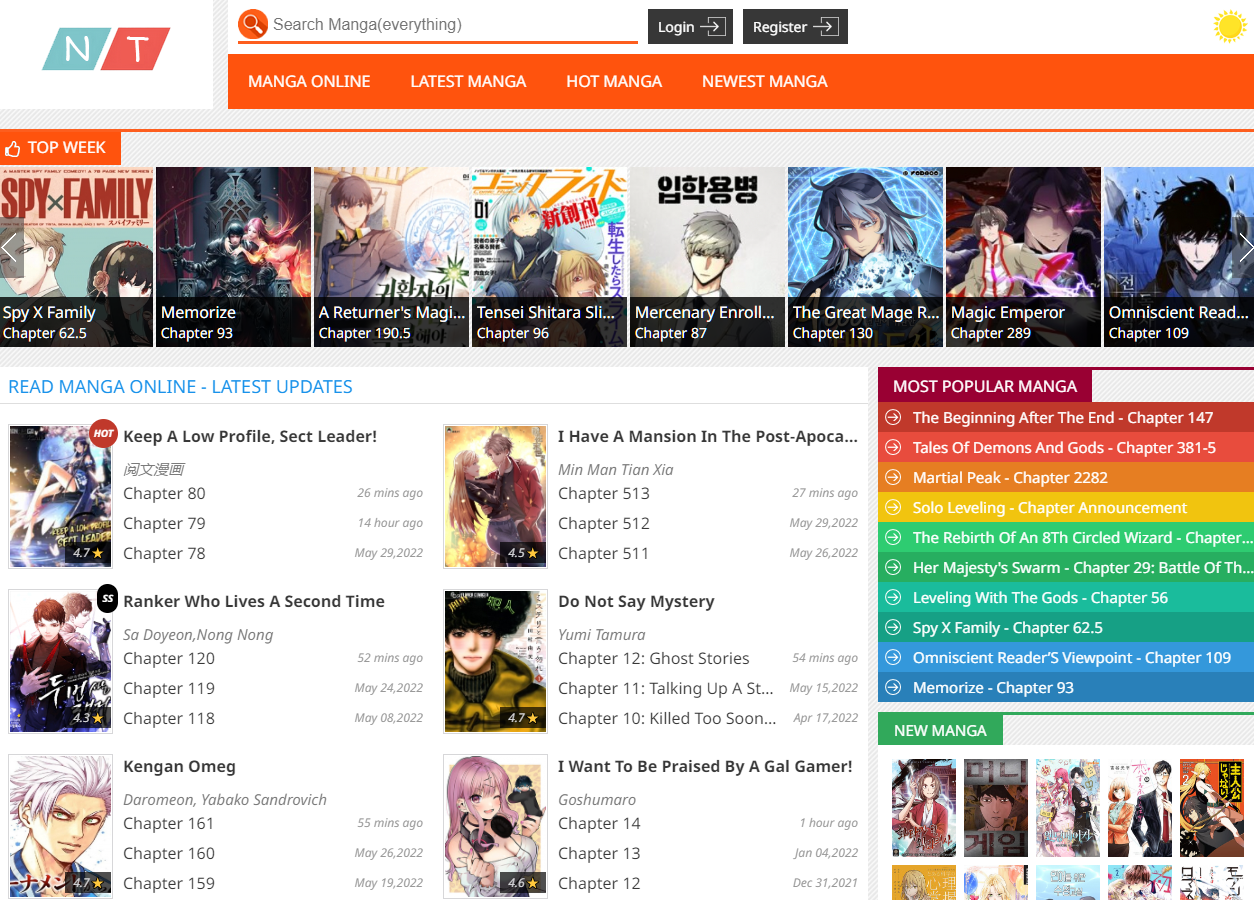🌟 Dịch Vụ Chất Lượng Cao 🌟
✓ 301 Redirect: Chuyển hướng domain an toàn, giữ nguyên giá trị SEO
✓ Guest Post: Đăng bài chất lượng trên các website uy tín
✓ Hỗ trợ tư vấn 24/7
✓ Báo giá cạnh tranh
✓ Thời gian xử lý nhanh chóng
📱 Liên hệ ngay qua Telegram: @subdomaingov
⚡ Hỗ trợ tư vấn miễn phí
Nigate Na Koibito
₫1.934.245
Read nhập code u888 |: Discover Your Next Favorite Story
Product description
Dive into the Epic Saga Manga Summary Ushio And Tora - A Tale of Friendship and Monsters
In this article, we will explore the intriguing world of "Ushio And Tora," a manga that beautifully blends action, adventure, and supernatural elements. Our Manga summary Ushio And Tora will guide you through the main themes, character developments, and the unique narrative style that has captivated readers since its inception.
The Genesis of Ushio and Tora: Understanding Its Origins
Ushio And Tora is a manga created by Kazuhiro Fujita, which was serialized in Weekly Shōnen Jump from the early 1990s to the late 1990s. It tells the story of a young boy named Ushio Aotsuki who discovers a powerful beast named Tora while trying to protect his family's temple. This section will delve deep into the origins of the manga, its creation process, and its significance in the broader landscape of shonen manga.
The Creator’s Vision
Kazuhiro Fujita’s vision for Ushio And Tora stems from a fascination with Japanese folklore and mythology. He sought to merge traditional tales of yokai, or supernatural creatures, with modern storytelling.
Fujita’s creative genius shines through in how he portrays Tora, a fearsome tiger-like yokai, who embodies both menace and humor. This duality attracts readers, as they find themselves empathizing with a beast typically characterized as evil.
The blending of humor and dark themes adds an intricate layer to the narrative, enhancing the emotional resonance of the plot. Fujita's artistic style also plays a significant role, showcasing dynamic action sequences and meticulously detailed illustrations that immerse readers into his fantastical universe.
Historical Context and Cultural Influence
At the time of its release, Japanese manga was experiencing a renaissance, particularly in the shonen genre. Ushio And Tora arrived during an era defined by series like Dragon Ball and Naruto, which emphasized camaraderie and battles against formidable foes.
This historical context is critical when analyzing Ushio And Tora. The popularity of yokai stories in Japanese culture acts as a backdrop, allowing Fujita to explore themes of friendship amidst a world rife with danger.
The manga’s exploration of good versus evil resonates strongly within the cultural fabric of Japan, where folklore plays an integral role in shaping moral values. By incorporating these elements, Fujita crafted a narrative that not only entertained but also invoked deeper reflections on the nature of humanity.
The Impact of the Anime Adaptation
The anime adaptation released in the mid-90s brought renewed interest in the manga, introducing a new generation to Ushio and Tora’s adventures. While many adaptations falter by deviating from their sources, Ushio And Tora remained relatively faithful to the manga’s original story arcs.
The animation allowed viewers to appreciate the vibrant art style and character designs fully. Additionally, some iconic battles were executed in ways that enhanced their visual appeal, making them memorable for fans.
However, the anime also faced criticism for its pacing and incomplete storylines, which sparked discussions about the importance of staying true to the source material. Ultimately, the anime solidified Ushio And Tora’s status as a beloved classic, further embedding it in the collective memory of anime and manga enthusiasts.
Character Dynamics: Exploring Ushio and Tora’s Relationship
The heart of Ushio And Tora lies in the complex relationship between the titular characters. Their bond evolves throughout the narrative, showcasing themes of loyalty, trust, and the struggle to understand one another amidst ongoing conflicts.
Ushio: The Reluctant Hero
Ushio Aotsuki begins his journey as a typical high school student until he stumbles upon Tora. Initially, he is skeptical and conflicted about accepting the responsibility of wielding the Beast Spear, a weapon capable of defeating evil spirits.
His character development arc reflects a transition from a boy burdened with familial expectations to a courageous hero willing to confront darkness. Through trials and tribulations, Ushio learns the value of teamwork and the importance of forging alliances.
The evolution of Ushio's character underscores a universal theme—the growth that comes from embracing responsibilities. This transformation resonates deeply with readers, reminding them of their own journeys through adolescence and self-discovery.
Tora: The Complex Antagonist
Tora serves as both an ally and antagonist. His initial persona as a ferocious beast highlights the classic trope of the “reluctant ally.” Throughout the series, Tora grapples with his instincts and desires, often leading to humorous yet profound moments.
Readers witness Tora's depth as he wrestles with feelings of loneliness and the need for companionship. His interactions with Ushio are laced with comedic banter, yet beneath the surface lies a poignant exploration of vulnerability.
Critically, Tora’s character invites reflection on the nature of monstrosity. As he assists Ushio in battling various evil entities, it becomes evident that even those labeled as monsters can possess redeeming qualities—an essential message about acceptance and understanding.
The Power of Friendship
The relationship between Ushio and Tora exemplifies the power of friendship in overcoming obstacles. Despite their differences, they learn to rely on each other, forming a bond that transcends mere allegiance.
Moments of levity punctuate their partnership, providing comic relief amidst intense battles. These lighter scenes serve to humanize both characters, allowing readers to connect with their struggles and triumphs.
Through the lens of their friendship, Ushio And Tora conveys a crucial message: true strength lies in unity. As they face formidable foes together, the duo illustrates how diverse perspectives can lead to greater victories.
Thematic Exploration: Good vs. Evil and Beyond
Ushio And Tora delves into various themes beyond just the battle between good and evil. This segment will analyze the philosophical and moral dilemmas presented through the characters’ journeys.
The Duality of Good and Evil
One of the most compelling aspects of Ushio And Tora is its nuanced depiction of morality. Characters once viewed as adversaries evolve, revealing layers of complexity that challenge traditional notions of good and evil.
For instance, many of the yokai that Ushio faces have backstories that evoke sympathy. This redefinition of evil encourages readers to think critically about motivations, choices, and consequences.
Fujita masterfully illustrates that not all monsters are inherently malicious; rather, circumstances often shape their actions. By exploring these gray areas, the manga provokes deeper introspection on morality.
The Role of Destiny and Choice
Destiny plays a pivotal role in Ushio and Tora's saga. From Ushio discovering the Beast Spear to Tora’s awakening, fate intertwines their paths, suggesting that they are destined to fight together.
However, choice remains a prevailing theme. While destiny sets the stage, each character must make decisions that define their identities. Ushio’s struggle to accept his role emphasizes the tension between predestination and free will.
This thematic interplay serves as a reminder that individuals possess the power to shape their destinies. Readers are encouraged to reflect on their life choices and how they contribute to personal growth.
The Importance of Legacy
Ushio And Tora also explores the theme of legacy through family connections. As Ushio grapples with his lineage and the responsibilities it entails, the manga raises questions about the weight of heritage.
The concept of legacy extends to Tora, too, whose past influences his present actions. Their stories illustrate the ramifications of history on the current generation, highlighting the need to confront the past rather than shy away from it.
Fujita poignantly suggests that understanding one’s legacy can lead to empowerment and growth. Through Ushio and Tora's journeys, readers gain insight into the complexities of family ties and the choices that define our legacies.
Evolution of Art Style: Enhancing Storytelling Through Visuals
An essential part of any manga is its artwork, and Ushio And Tora showcases a distinctive style that complements its narrative. This section examines how the art enhances storytelling, character development, and emotional resonance.
Dynamic Action Scenes
Kazuhiro Fujita's ability to depict kinetic energy is impressive. Battle sequences are intricately illustrated, showcasing fluid movements that draw readers into the chaos of combat. The use of dramatic angles and perspective lends a sense of urgency to the action.
Each fight scene serves a dual purpose: it advances the plot while deepening character relationships. For example, during confrontations, Ushio and Tora’s interactions become more layered, reflecting their evolving dynamics.
The meticulous attention to detail in the illustrations enhances the overall experience, making readers feel every blow and victory alongside the protagonists.
Character Design and Emotion
Character design in Ushio And Tora is remarkable, with Fujita crafting visually distinct personalities that resonate with readers. Ushio’s youthful appearance contrasts sharply with Tora’s fierce demeanor, effectively conveying their roles in the story.
Facial expressions are utilized adeptly; they communicate emotions powerfully without relying solely on dialogue. Whether it's determination, joy, or sorrow, the characters’ expressions make their experiences relatable and poignant.
Moreover, the variety of supporting characters adds depth to the narrative. Each character brings their own unique flair, enriching the world and allowing for varied interactions that drive the story forward.
The Balance of Humor and Seriousness
Fujita skillfully balances humor with serious themes throughout the manga. Comedic moments often arise during tense situations, providing a refreshing reprieve for readers.
This balance fosters emotional investment; laughter creates a sense of comfort, enabling readers to engage with heavier themes later on. The interplay between comedy and gravity highlights the multifaceted nature of life itself, making Ushio And Tora a relatable tale.
Humor also serves to humanize the characters. In moments of levity, readers see their vulnerabilities and flaws, reinforcing the notion that no one is perfect. This relatability further cements the emotional connection between readers and the characters.
FAQs about Ushio And Tora
What is the primary theme of Ushio And Tora?
The primary themes of Ushio And Tora revolve around friendship, the duality of good and evil, and the importance of choices. The story navigates the complexities of relationships and the struggles between light and darkness.
How does Ushio And Tora differ from other shonen manga?
While Ushio And Tora follows familiar shonen tropes such as battles and rivalry, it distinguishes itself through its rich character development and the nuanced exploration of morality. Rather than presenting clear-cut heroes and villains, it delves into the gray areas of character motivations.
Are there any notable characters besides Ushio and Tora?
Absolutely! The manga features a wide array of supporting characters, each contributing to the narrative's richness. Characters like the Yokai hunters, rival demons, and allies bring diverse perspectives and challenges, adding layers to the story.
Is there an anime adaptation of Ushio And Tora?
Yes, Ushio And Tora received an anime adaptation that aired in the mid-90s and another adaptation in 2015. Both adaptations capture the essence of the manga, though opinions vary regarding their fidelity to the source material.
What makes Ushio And Tora a must-read for manga fans?
Manga summary Ushio And Tora shows that it is a well-crafted blend of humor, action, and thought-provoking themes. The character dynamics, stunning artwork, and engaging storytelling create an experience that resonates with readers, making it a standout title in the shonen genre.
Conclusion
In conclusion, Ushio And Tora stands out as an exemplary work within the manga realm, captivating audiences with its engaging narrative, complex characters, and moral explorations. Our Manga summary Ushio And Tora has illuminated the richness of the story, inviting readers to appreciate the intricate bond between Ushio and Tora as they navigate a world filled with supernatural beings, friendship, and self-discovery.
As readers embark on this thrilling journey, they are reminded of the importance of understanding, acceptance, and the enduring power of friendship—a timeless message that transcends the boundaries of the manga medium.
Read Full: manganato







